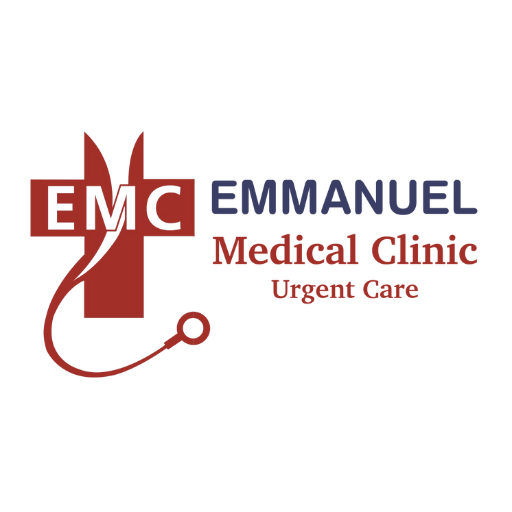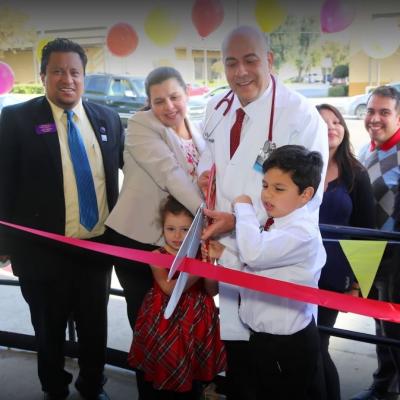As the "open enrollment" date of November 1, 2021 approaches, many Americans will have the opportunity to change health plans and personal physicians.
One option that is gaining popularity is the practice of "Direct Primary Care" (or DPC). In contrast to the traditional primary care model, DPC practices typically operate on a subscription model. The patient pays a monthly fee to be part of the physician's committee. In contrast, the fee covers in-person (or virtual) patient consultations, and often other laboratory and clinical services. Many DPC practices also provide flexible scheduling as well as after-hours text and/or video access to medical staff.
According to the American Academy of Family Physicians, “DPC benefits patients by providing significant savings and a greater degree of access to and time with physicians. DPC allows family physicians to care for the entire person while reducing the overhead and negative incentives associated with third-party payer bills.”
Instead of an urgent 10-15 minute doctor's appointment, patients usually enjoy an extended discussion of 45 to 60 minutes, during which the doctor can dig deeper into patients' questions and concerns.
DPC practices usually do not accept insurance. Thus, most DPC practices still recommend patients to combine their subscription with a highly deductible "comprehensive" insurance policy to cover emergencies and less common specialized services that DPC practice does not provide.
Dr. Brieanna Seefeldt, a Denver-based DPC practitioner, explains it this way to her patients: “With the direct primary care model, your insurance is used for what is intended to cover: catastrophic health events, hospitalization, specialized care, imaging and surgery. You can continue to use private insurance. We're here to help you manage your healthcare system so you get the most out of your money and time."

_large.jpg)








 And then Add to Home Screen.
And then Add to Home Screen.